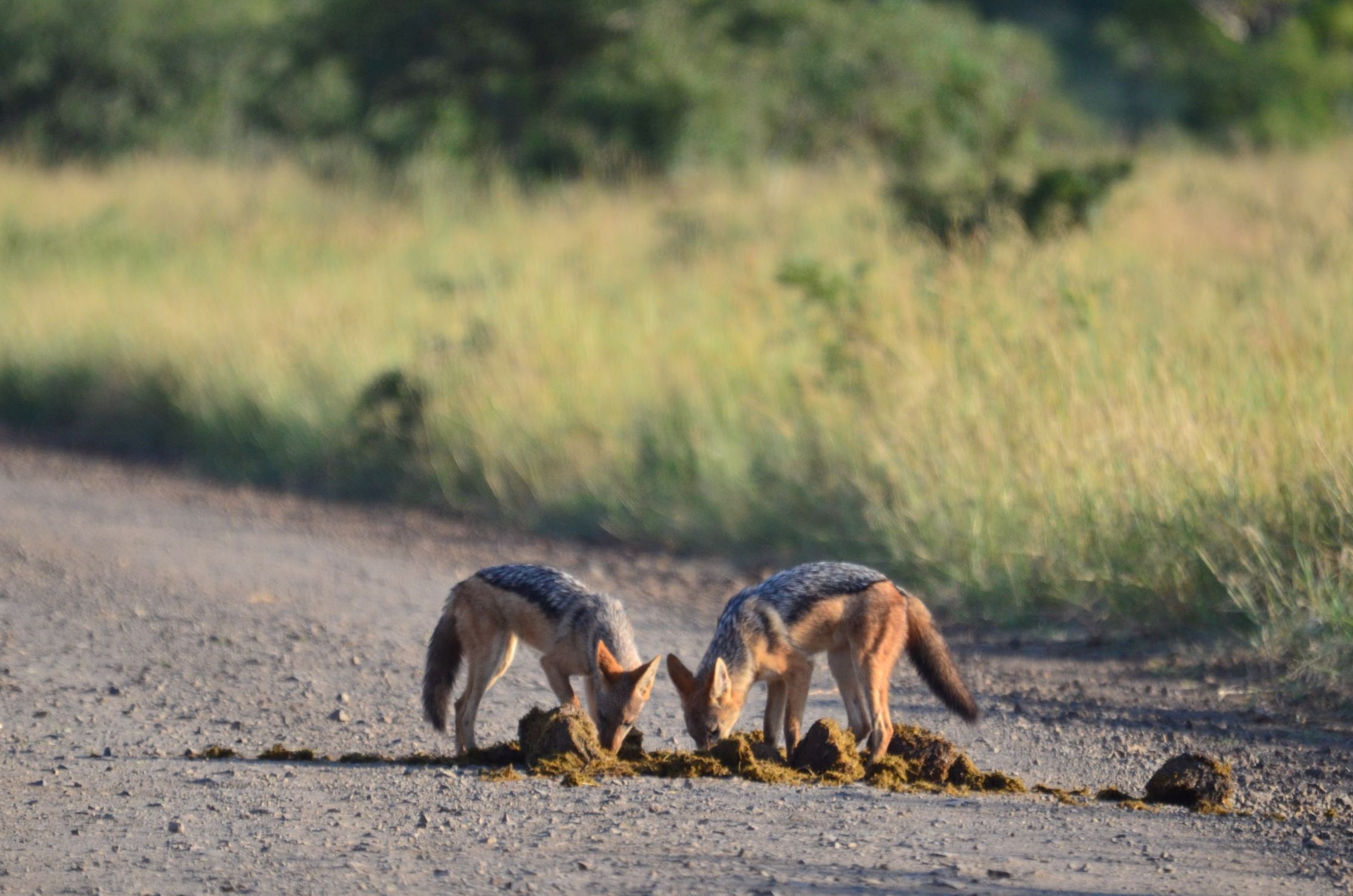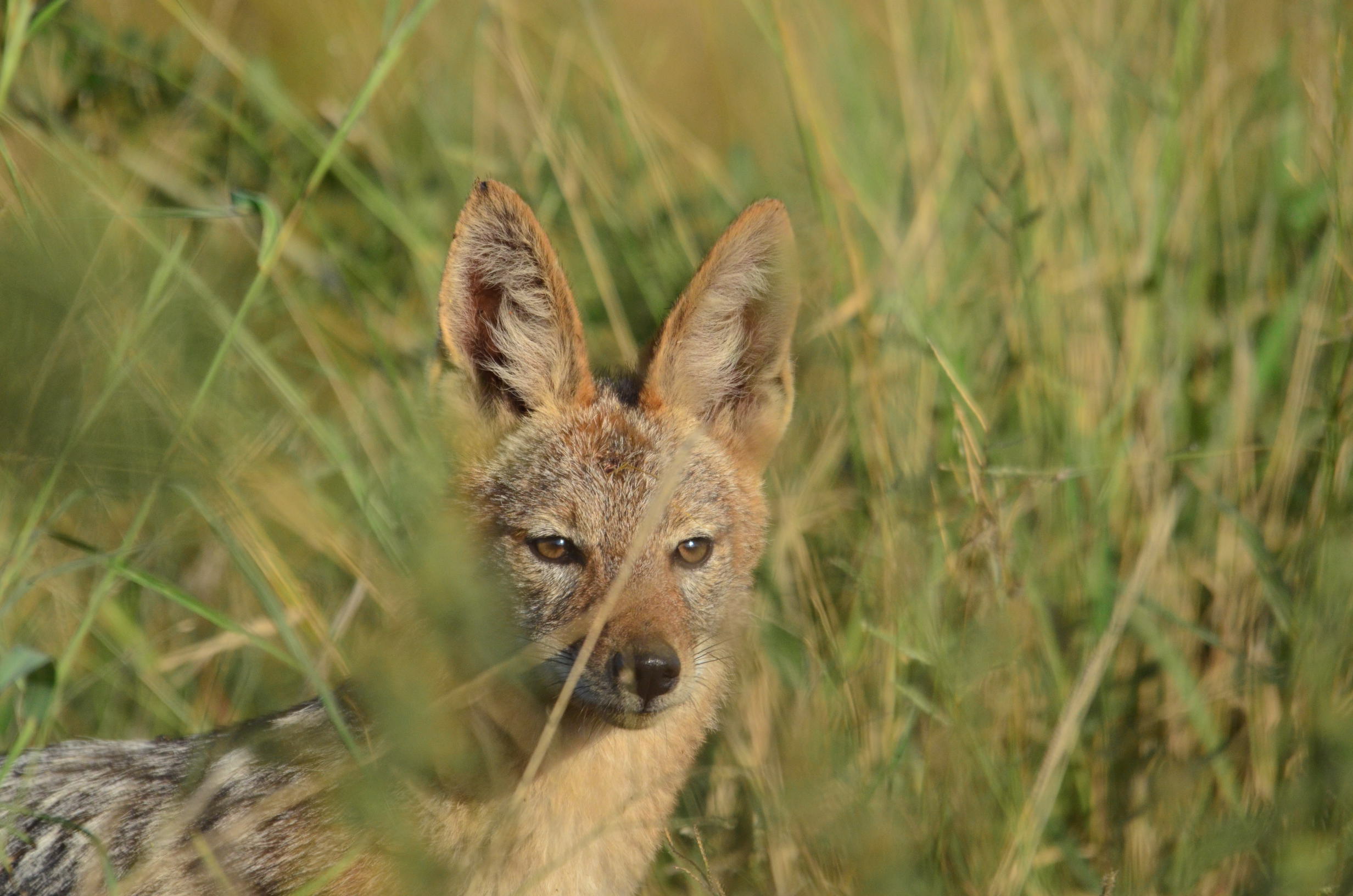News
From the perspective of smaller predators, larger predators are a very mixed blessing, writes David Macdonald
Within the predatory guild, medium-sized jacks-of-all trades, like jackals, can benefit hugely from scraps from the bountiful tables of their larger carnivorous cousins, but in recent years repeated discoveries have revealed the mortal risks of intra-guild hostility where larger carnivores bully and, given the chance, kill smaller ones. I had these thoughts in mind when I joined an international team led by Matt Hayward of Bangor University and a renowned expert on Carnivore diets. Jackals were the focus of our study, now published Mammalian Biology: http://www.sciencedirect.com/science/article/pii/S1616504717300459

Like mesopredators the world over, jackals can both benefit and be harmed by apex predators. Carcass remains left by the heavyweights can provision food for jackals, while the apex predators themselves can kill the jackals. We set out to test what the preferred prey of jackals were, and whether the presence of apex predators in the vicinity alters these preferences. We found that only black-backed jackals and Eurasian golden jackals have been sufficiently researched to bear the scrutiny of our analysis. Black-backed jackals (which eat, for example, common duiker, bushbuck and springbok) prefer prey much larger than that favoured by Eurasian golden jackals (e.g. brown hares), and also favour species that hide their young (rather than have the newborn young immediately follow the mother). It turns out that jackal diets do differ in the presence of apex predators, but bottom-up factors are also important. This compendious study of jackal diets also highlights the extraordinary flexibility of these candids, which can switch between wolf-like (ungulate) and fox-like (small mammal) predation patterns.






